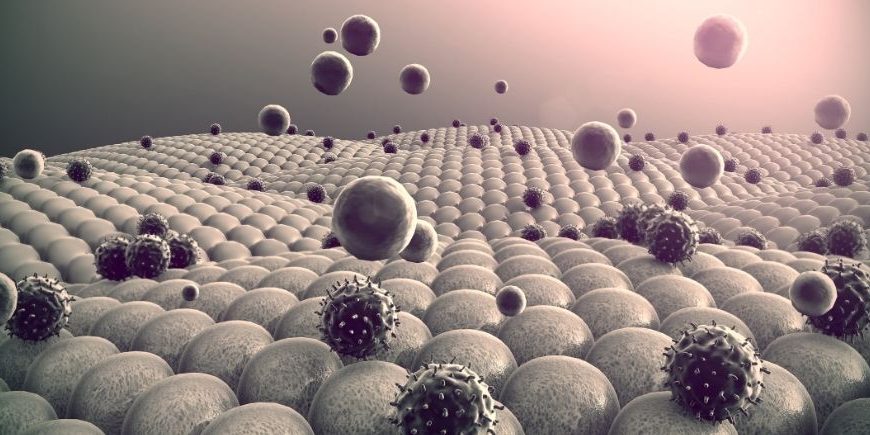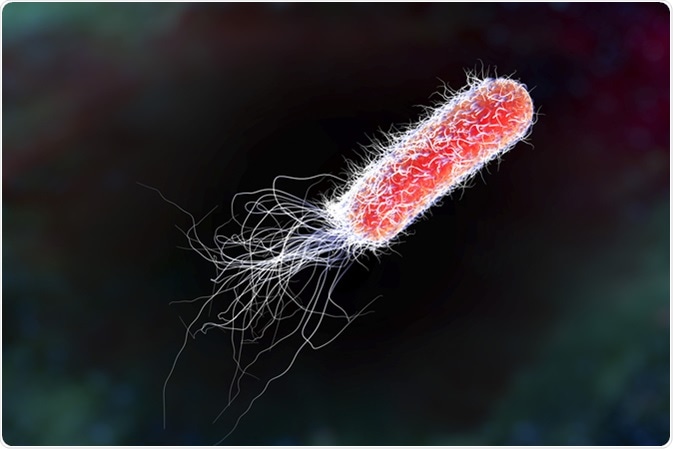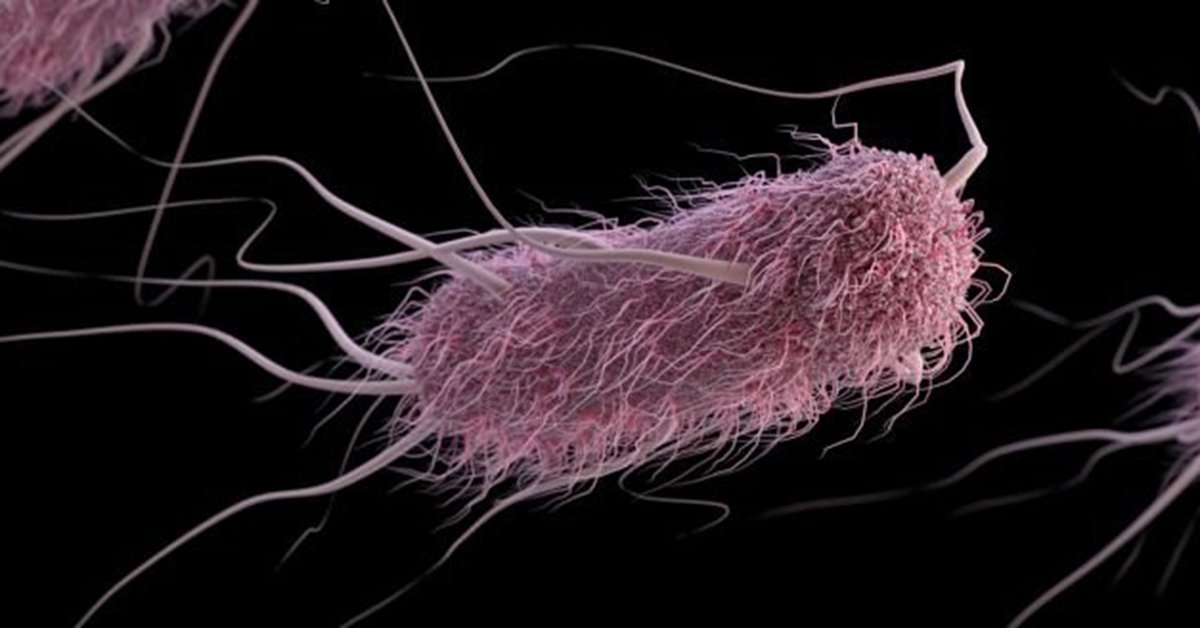Intelligent Design

In the first part of the article, we summarized the cosmological evidence supporting Intelligent Design. In this section, we will take our eyes off the stars and look at some evidence at the microscopic level.
As in all branches of science, incredible progress has been made in biology in the last century. Today, even an ordinary person can easily access data that a scientist living at the beginning of the 20th century did not have. Darwin put forward the theory of evolution in 1859. In those years, it was thought that cells, the cornerstone of life, consisted of simple microscopic jelly balls that clung to each other or separated from each other. We now know that cells, which are the building blocks of all living things, are much more than simple drops of jelly. Each cell is like a factory producing molecular machines.
Darwinian Theory of Evolution
Before looking at these machines, let's remember what the Darwinian theory of evolution is. When Darwin published his book On the Origin of Species in 1859 , he did what no one else had done before. He explained the diversity of life as a natural process that developed solely by chance, without any external influence. This process, which developed aimlessly and completely by chance, was based on natural selection and random change mechanisms.
Irreducible Complexity
In this article, we will try to understand the principle known as “Irreducible Complexity” in biological structures. According to this principle, certain biological structures are only useful as they are. If its parts begin to be removed, the biological structure in question begins to become useless for the living organism.
When enough parts are removed, the structure becomes dysfunctional. Therefore, in order for the biological structure to be useful for the living organism (and thus to provide an evolutionary advantage), it must have perfect functionality from the moment it first emerges. Therefore, diversity in living things cannot have occurred through small changes that followed each other over a long period of time, as Darwinists claim .
Just like the machines we use in daily life, every part of biological machines at the cellular level must be present in order to function. To explain this, Michael Behe gives the example of a mousetrap, which is a very simple mechanism. The simple mouse trap he designed consists of five basic parts such as a spring, a metal weight and a wooden platform. [6] If any of these parts are missing, the trap becomes useless. No one starts making a mousetrap by simply placing a wooden platform on the ground and testing how many mice it can catch. A piece of wood lying on the ground will catch “zero” mice every time. You can add a spring to this platform. This mechanism will also catch “zero” mice every time. Even though the spring is attached to the piece of wood lying on the ground, it will continue to be useless. This mousetrap can only function as a mouse catcher if a designer makes a plan in his mind and assembles the required five parts at the same time. You can make the trap more complex, but if you make it simpler than that, it will lose its function and stop working. This is the principle of “Irreducible Complexity”.
Irreducible Functionality

William Dembski says that any device must have “minimum functionality” to be useful. Let's call this the principle of "Irreducible Functionality". Accordingly, it is not enough for a mechanism to have all its parts complete. Even being in working condition is not enough. For a device to be useful, it must actually work.
Imagine you have a boat. Since you don't want to row, you want to mount an engine on your boat. After doing some research thinking that I can build the engine myself, you purchase all the necessary materials. After a few months your engine is ready for the first test. You are confident that it will work because you have put together all the necessary parts. And the engine actually starts, it actually starts turning the propeller. But the only problem is that this propeller operates at a speed of only one rotation per hour. You probably wouldn't put your engine on your boat and go fishing in this condition. Although this machine works, it is essentially dysfunctional because it is not efficient enough. A propeller that spins that slowly is of no use to anyone.
Therefore, for any device, including biological devices, to be useful;
- All parts are present at the same time,
- These parts must work together to fully perform a function
Biological Machines
In his book On the Origin of Species, Darwin wrote, "My theory would collapse if it turned out that no complex organ could have arisen as a result of a large number of small, successive changes." Now, by looking at examples in the world of biology, we can see how plausible it is that biological machines came into being through a random evolution process lasting millions of years.
Flagellated Bacteria

The first example we will look at in the world of biology is flagellated bacteria. Flagellated bacteria are single-celled organisms. They can move quickly thanks to one or more appendages called flagella.
These flagella rotate thanks to a mechanism similar to the mechanical motors we use every day, allowing the bacteria to easily move back and forth, left and right. The flagellum rotates around itself and provides propulsion to the single-celled bacterium in the liquid. This flagellum, consisting of proteins called flagellin, is connected to the translation shaft by other proteins that function as hooks. The turning shaft is also connected to the turning motor. The spin engine uses acid flow from outside to inside the bacterium as fuel . Although this accurately describes the engine turning a propeller, our description does not do the mechanism justice. To visualize it a little better, you can watch the relevant video from the link in the footnote .
According to the Darwinian theory of evolution, the flagellar mechanism of these bacteria came together by chance, step by step, over millions of years. Undoubtedly, this organ is a much more complex mechanism than the mouse trap we gave as an example at the beginning of the article. But just as the five elements of Behe's mouse trap are dysfunctional unless they come together at the same time, all parts of the flagellum organ must be completely together from the moment it first appears in order to fulfill its function of moving the bacteria. The base of a mousetrap is just a piece of wood lying on the ground; The flagella organ is also just a useless weight without its other parts.
According to the Darwinian theory of evolution, a mutation is preserved as long as it provides a hereditary advantage to the organism. Then, scientists who defend this theory need to answer the following questions: If the flagellum organ came into being slowly over time as a result of mutations that occurred by chance, which part of it (which mutation) emerged by chance first? What advantage did this piece provide to the organism and was passed on to future generations through inheritance?
Eyelash
Although biologists in Darwin's time had very limited knowledge compared to today's, they also noticed that organs such as the eye were extremely complex. Darwin himself was aware of this. In his book The Origin of Species, in which he presented his theory of evolution, he explained how the eye might have evolved. He began his statement with a confession: " I freely confess that it is a great nonsense to say that ... (a perfect organ) like the eye ... could have arisen as a result of natural selection." However, he did not hesitate to invent an explanation based entirely on imagination.

Darwin began his explanation with the following words: "...some facts make me suspect that a sensitive nerve may have become sensitive to light..." According to Darwin, this nerve gave the creature information that it was in the dark or light, enabling it to survive longer than other individuals of the species. Since the individual that survived longer had a higher chance of reproduction, it was possible to pass this change on to more offspring. Darwin continued to exercise his imagination in the following pages: Perhaps this simple nerve appeared in a recess by chance over time, and thus the creature was able to determine the direction of light according to the shadow formed at a certain point in the recess. And perhaps, over time, this recess was accidentally filled with a jelly-like substance, and this substance served as a primitive lens, allowing the creature to see.[14] And over time, this primitive eye became the current eye. It's that simple!
There were many who read Darwin's explanation and were prepared to appear to accept it. But Darwin knew that everyone would ask the following question when reading these lines: “So how did this light-sensitive nerve first appear?” Darwin answered this question: "The question of how a nerve becomes sensitive to light does not interest us any more than how life itself begins..."
Many people found it impressive that Darwin explained the evolution of the eye as if he were pulling a rabbit out of a hat. According to them, if Darwin's theory of evolution could explain how a perfect and complex organ like the eye came into being, it could explain everything.
No matter how hard you press the keys on a keyboard that is not connected to the computer, you cannot type. A nerve that is not connected to the brain correctly is as useless as a keyboard without a computer. How did Darwin know that the suddenly formed imaginary light-sensing nerve needed to be connected to the brain? How did it suddenly appear connected to the brain? How did he know how to speak in a language the brain could understand? These questions need to be explained, from the most complex eye structure to the light sensors seen in the simplest living things. According to the principle of Irreducible Functionality, a light-sensing nerve that provides a reproductive advantage for evolution must function in a way that fully fulfills this function from the very beginning in order to provide this advantage. For this to happen, it must have emerged correctly connected to the right part of the brain from the very beginning and spoken in a language that the brain can understand.
Conclusion
Darwinists' efforts to explain the steps of evolution seem to be limited to their imagination. No scientific explanation has been given as to how complex organs such as bacterial flagella and eyes could have emerged as a result of step-by-step, coincidental changes. If Darwinian evolution is true, where are the details? Which part of the whip mechanism appeared first? What was this piece used for (until other pieces appeared)? If it was useless, why did bacteria use their energy to produce useless parts for 'millions' of years?

How long will Darwinian scientists continue to pretend to believe in their childish explanations that are not based on observation and experiment, as Darwin did regarding the evolution of the eye?
Let's finish with the lines that respected biochemist Bruce Alberts wrote in the world-famous Cell magazine in 1998: “We have always underestimated cells… Cells are like factories consisting of interlocking mass production lines. Each of these consists of large protein machines. Why do we call these protein machines ? Because, just like human-made machines that operate at the macro level, these protein-producing machines consist of moving parts that work completely synchronously.”











































